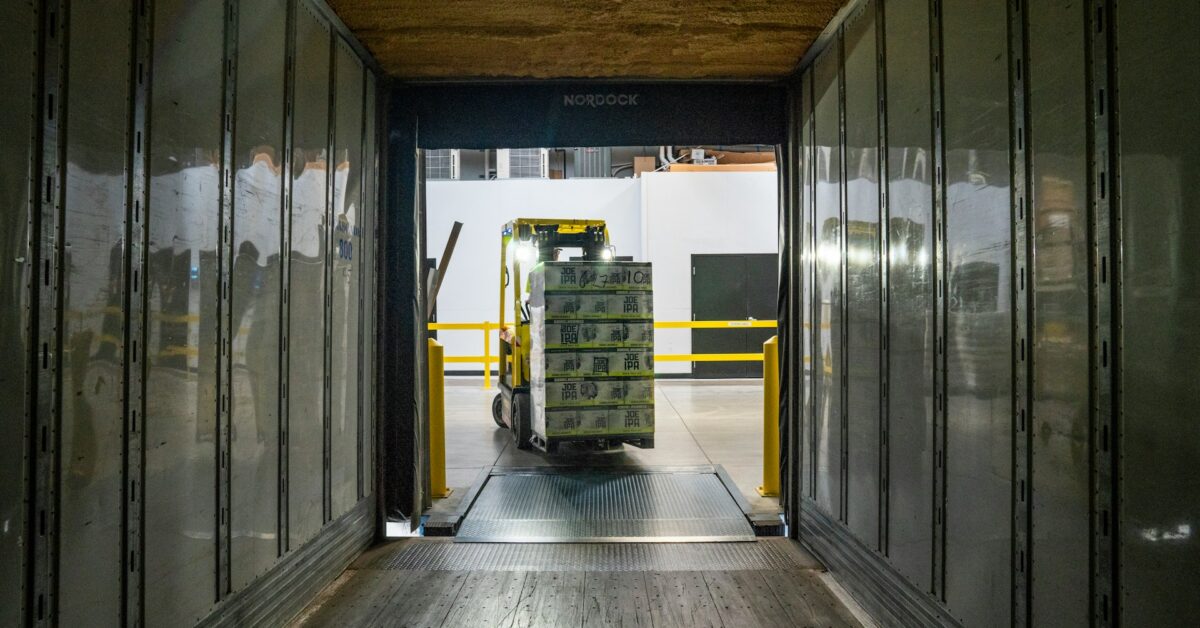Transporting perishable foods and drinks is not always as easy as managing traditional supply chains. This process requires strict adherence to specific temperature ranges to prevent food degradation or spoilage before the produce or products get to the market.
Luckily, businesses can utilize cold chain logistics to preserve perishable goods and maintain their safety and quality from production to consumption. So, what are some of the best practices shippers follow to ensure the success of cold chain logistics? This article highlights best practices for effective cold chain logistics.
Contents
Strict Temperature Control
If temperatures are not controlled when transporting perishables, the food spoils, and the entire supply chain gets derailed. For this reason, food and beverage shippers ensure that each product in the supply chain is stored within the acceptable temperature range. For example, fresh produce will require a different temperature range from dairy products.
In some cases, exposing the foods to the wrong temperature, even for a few minutes, increases the chances of damage. Therefore, shippers ensure that each product is maintained under strict temperature controls during transit.
Technology Use
For instance, it promotes transparency throughout the food and drinks supply chain and makes it easier for supply chains to streamline operations and predict demand. Companies in the food production industry invest money in technology like meat packaging automation solutions as a way to boost eficiency and ensure cold chain is not broken. Technology plays a critical role in monitoring the temperature of each product while in transit.
For instance, shippers use telematics systems to monitor and adjust the conditions in real time. Technology also makes it easier to track shipments and monitor operations remotely.
There are predictive maintenance technologies that can prevent equipment failure. Shippers use these solutions to minimize breakdowns so the foods and beverages are not exposed to unnecessary risks while in transit. All these technology solutions play an important role in cold chain logistics and ensure that all stakeholders’ needs are met.
Timely and Safe Deliveries
Food shippers rely on route planning and optimization to guarantee the success of cold chain logistics operations. It is the responsibility of the shipping company to make the necessary preparations to ensure products do not stay too long on the road, even when stored within the appropriate temperature range.
One ideal way to attain this goal is to leverage route planning and optimize solutions to reduce delivery times. This is also another strategy to preserve the products and reduce spoilage risks. Also, training food handlers on the requirements of organic products and other perishables ensures that the logistics processes are completed on time.
Adherence to Regulations
There are regulations and set standards that must be observed to manage cold chain logistics. Disregarding them places the companies and supply chain at a considerable disadvantage. These regulations are designed to prevent beverage and food companies and supply chains from harming consumers.
When these stakeholders adhere to the rules, they avoid sanctions and massive fines. Therefore, business owners and shippers need to stay updated with the food transport and safety regulations and keep records for audit purposes. Every player in the supply chain must ensure that all partners meet the industry standards to avoid major supply chain problems.
Cold chain logistics plays a significant role in maintaining the efficacy and safety of perishable goods. With strict adherence to the standards, using cutting-edge technology, and prioritizing sustainability, businesses and their supply chain can operate effectively and ensure consumers get quality produce every time.

